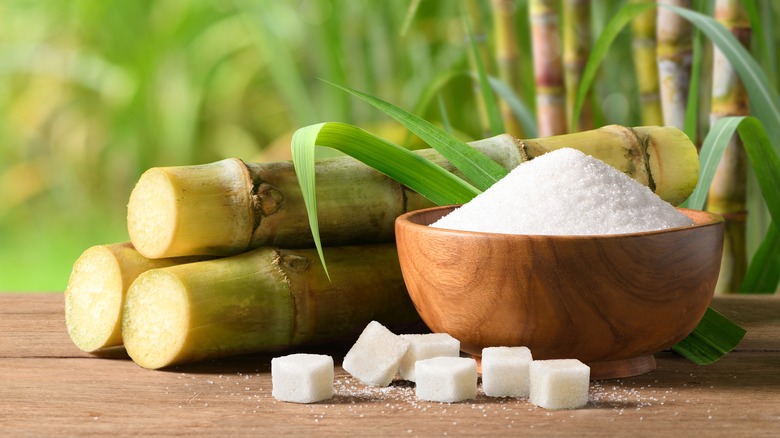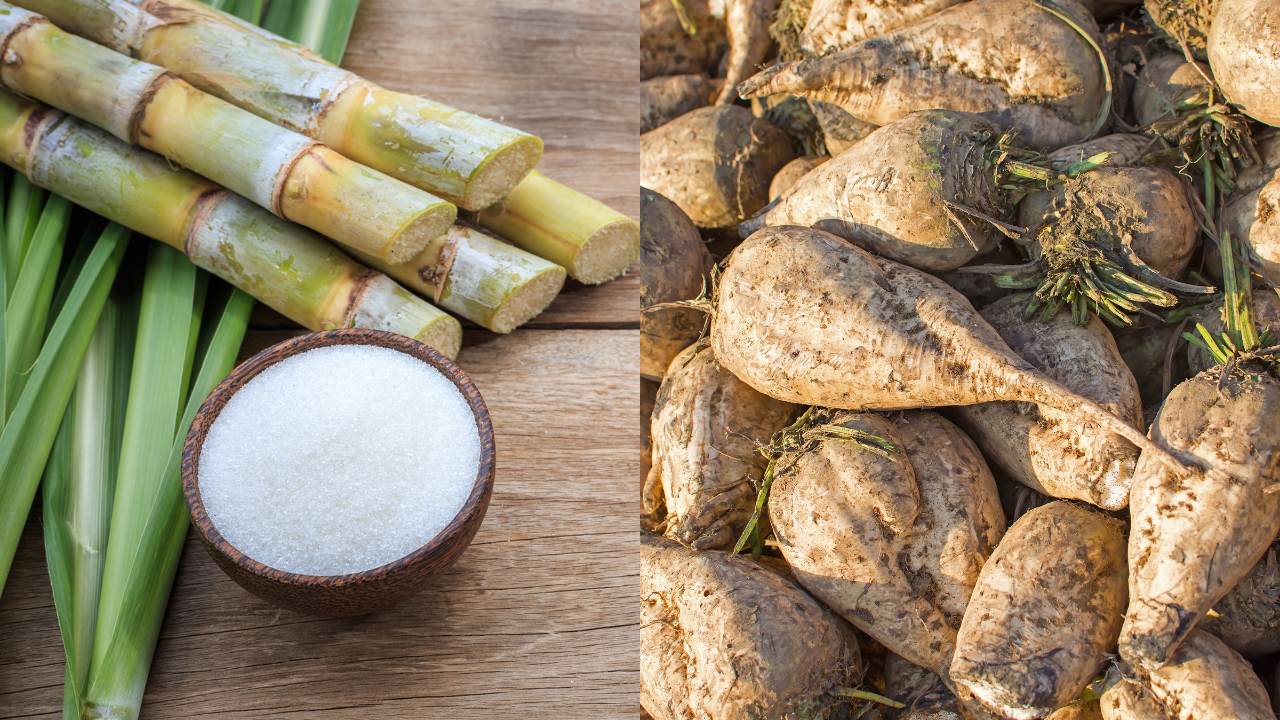A key factor in the beet sugar vs cane sugar debate is how each type impacts cooking.
Discover the Uses and Advantages of Beet Sugar Vs Cane Sugar in Your Daily Diet
Discovering the distinctive high qualities of beet and cane sugar discloses even more than just their sweetening capacities; it highlights their distinct impacts on health and culinary arts. Beet sugar, understood for its refined taste, is typically favored in fragile treats, whereas cane sugar, with its tip of molasses, adds splendor to robust meals. Each type holds its own dietary account and glycemic implications, inviting a much deeper understanding of their functions in a well balanced diet and sustainable intake practices.
Origin and Production Procedures of Beet and Cane Sugar

The unique climates and dirt types required for growing sugar beets and sugarcane contribute to differences in their cultivation techniques and geographic distribution, affecting the economics and sustainability of their production. beet sugar vs cane sugar.
Nutritional Comparison In Between Beet Sugar and Cane Sugar
In spite of stemming from various plants, beet sugar and cane sugar are nutritionally really comparable, both largely including sucrose. Each offers concerning 4 calories per gram, translating to approximately 16 calories per teaspoon. Structurally, both sugars are composed of about 99.95% sucrose, with very little amounts of other compounds like wetness and trace element, which do not substantially alter their nutritional accounts.

Inevitably, when choosing in between beet sugar and cane sugar based upon nutritional content alone, both offer identical benefits and disadvantages as they are basically kinds of the very same molecule-- sucrose, offering quick energy without other nutrients.
Effect On Wellness: Glycemic Index and Caloric Material
Exploring further right into the results of beet sugar and cane sugar on wellness, it is necessary to consider their glycemic index and calorie content. Both sugars are classified as sucrose, which includes sugar and fructose. This composition leads them to have a comparable influence on blood glucose levels. The glycemic index (GI) of both beet and cane sugar is around 65, classifying them as high-GI foods, which can trigger quick spikes in blood sugar levels. This is an important element for individuals taking care of diabetic issues or those trying to stabilize their power levels throughout the day.
Each kind of sugar contains around 4 calories per gram, making their caloric content matching. For those keeping track of caloric consumption, especially when taking care of weight or metabolic health and wellness problems, comprehending this equivalence is vital (beet sugar vs cane sugar). Excessive consumption of any kind of high-calorie, high-GI food can add to health and wellness issues such as excessive weight, heart condition, and insulin resistance.
Environmental and Economic Considerations of Sugar Production
Beyond wellness impacts, the manufacturing of beet and cane sugar additionally elevates considerable ecological and financial issues. Sugar beet growing often tends to require cooler environments and has a reduced geographical footprint compared to sugar cane, which thrives in exotic areas. However, both crops are intensive in regards to water use and land line of work, possibly resulting in logging and water deficiency. Financially, the global sugar market is highly volatile, influenced by adjustments in global profession policies and subsidies. Lots of countries incentivize sugar production with monetary assistance, skewing market rates and influencing small farmers adversely.
Additionally, the use of pesticides and fertilizers in both browse this site beet and cane sugar cultivation can lead to soil degradation and pollution, more impacting biodiversity and local water bodies (beet click here to find out more sugar vs cane sugar). The choice between growing sugar beet or cane usually depends upon regional environmental problems and financial aspects, making the sustainability of sugar production a complex problem
Culinary Applications and Taste Differences
While the environmental and financial elements of sugar production are undoubtedly significant, the selection in between beet and cane sugar additionally affects culinary applications and taste accounts. Beet sugar, obtained from the sugar beet plant, is known for its incredibly neutral taste.
Cane sugar, extracted from sugarcane, typically keeps molasses traces, which give a distinctive richness and deepness. The small variation in moisture web content between beet and cane sugar can influence the appearance and uniformity of dishes, making cane sugar a preferred choice for details dishes that profit from its special residential properties.

Verdict
To conclude, both beet and cane sugar have distinctive beginnings and manufacturing processes, providing similar nutritional profiles with small differences in salt web content and taste. While their influence on health and wellness, especially pertaining to glycemic index and calories, is similar, the option between them usually steams down to ecological, economic factors, and details cooking needs. Understanding these facets can assist consumers in making notified decisions that line up with their wellness goals article and taste choices.